Dogs are more than just cuddly companions; they are also known for their unique abilities and characteristics. One of these remarkable traits is their bite force, which varies among different breeds. A dog’s bite force is a result of various factors, including jaw structure, muscle mass, and evolutionary history. Join us as we dive into the fascinating world of canine bite force and discover the top 10 dogs that possess jaw-dropping strength.
Understanding Bite Force in Dogs
Bite force refers to the amount of pressure exerted by a dog’s jaws. It’s an essential aspect of a dog’s hunting and survival instincts. Larger bite force allows certain breeds to take down prey efficiently, while others have developed it as a means of self-defense. The measurement is usually expressed in pounds per square inch (psi) and is a key indicator of a dog’s potential power.
Canine Anatomy and Bite Force Correlation
The correlation between canine anatomy and bite force is a crucial factor in understanding why some dog breeds have stronger bites than others. The unique physical attributes of a dog play a significant role in determining its bite force.
Skull Structure: The skull shape and structure greatly impact a dog’s bite force. Breeds with broader skulls and well-developed temporalis muscles have a larger surface area for muscle attachment, allowing for more forceful bites. Strong jaw muscles, such as the masseter and temporalis muscles, contribute to a dog’s biting strength.
Dental Anatomy: The arrangement and size of a dog’s teeth also influence its bite force. Breeds with larger teeth, particularly canines and carnassial teeth, are better equipped for delivering powerful bites. These teeth are specialized for tearing and cutting through flesh and bone.
Cranial Morphology: The morphology of the cranium, including the angle of the zygomatic arch and the length of the mandible, affects the leverage and mechanical advantage of the jaw muscles. Dogs with longer and stronger jaws can generate more force during biting.
Muscular Structure: Strong jaw muscles are essential for generating high bite forces. Breeds with well-developed masseter, temporalis, and pterygoid muscles can exert substantial pressure. The attachment points of these muscles on the skull further enhance their effectiveness.
Biomechanics: The biomechanics of the jaw play a role in determining bite force. Dogs with a wider gap and the ability to open their mouths wider can generate more force. This is particularly advantageous for breeds that need to capture and immobilize prey.
The Top Contenders: Dogs with Mighty Bite Force
Let’s delve deeper into the breeds that possess remarkable bite force:
1 Kangal
Kangal Bite Force: 743 PSI
The Kangal breed, originating in Turkey, is renowned for its bite force of approximately 743 psi. Bred to guard livestock from predators, Kangals exhibit strong bite and protective instincts. With their sturdy build and confident demeanor, Kangals are formidable guardians.
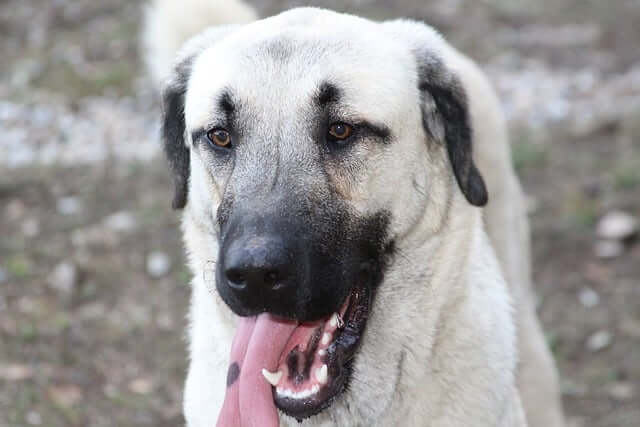
2 Bandog
Bandog Bite Force: 730 PSI
The Bandog, a powerful crossbreed, showcases a bite force that can reach up to 730 psi. This breed is a combination of various mastiff-type dogs, resulting in a versatile working dog with impressive biting capabilities. Bandogs are known for their loyalty and protective nature.
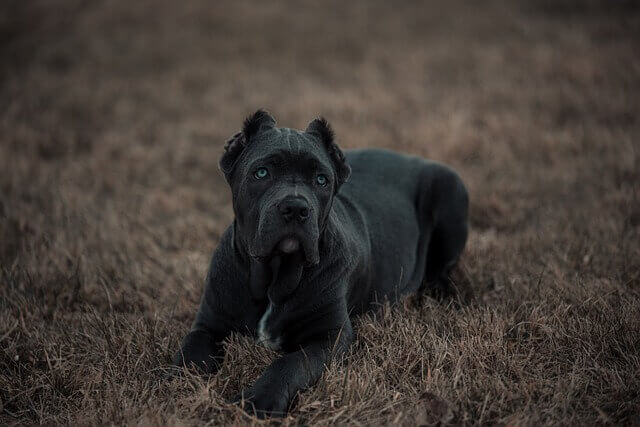
3 Cane Corso
Cane Corso Bite Force: 700 PSI
With a bite force of about 700 psi, the Cane Corso is a formidable breed. Their loyalty and protective demeanor combine with their bite force to make them exceptional guard dogs. Cane Corsos are known for their loyalty and affection towards their families.
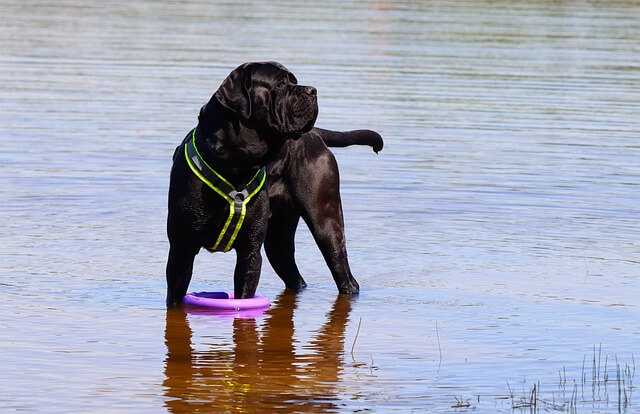
4 Mastiff
Mastiff Bite Force: 556 PSI
Mastiffs, known for their gentle temperament, possess a bite force of around 556 psi. Despite their calm nature, their strong bite serves as a reminder of their historical role as protectors. Mastiffs are known for their unwavering loyalty and affection for their families.

5 Tosa Inu
Tosa Inu Bite Force: 556 PSI
Originating in Japan, the Tosa Inu boasts a bite force of about 556 psi. This breed was developed for dog fighting, and its muscular build and determination contribute to its powerful bite. Tosa Inus can be loving and loyal companions when properly trained and socialized.
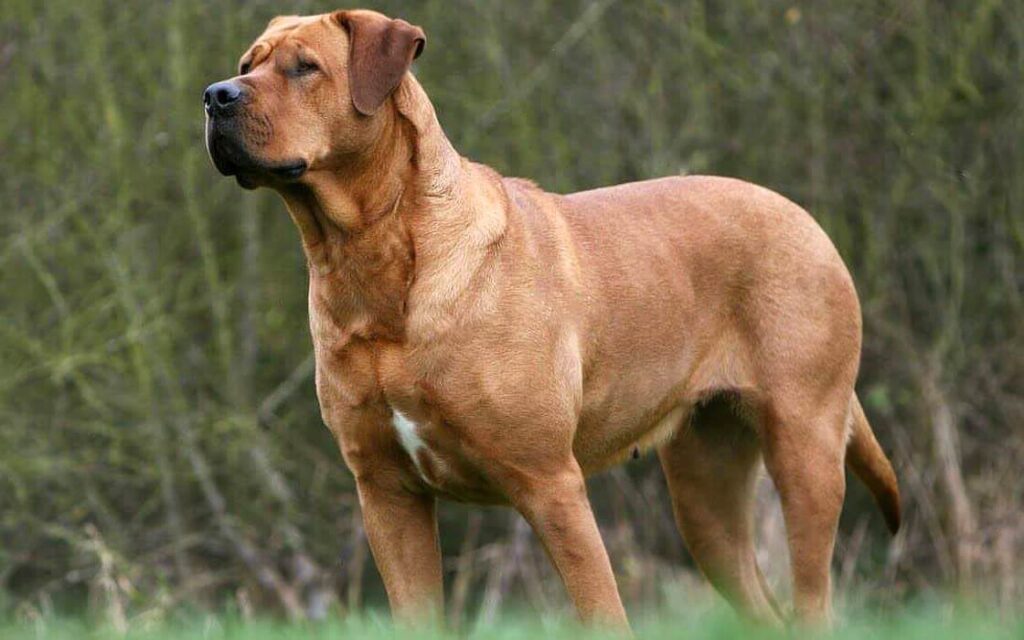
6 Presa Canario
Presa Canario Bite Force: 540 PSI
The Presa Canario, hailing from the Canary Islands, wields a bite force of approximately 540 psi. Bred for working livestock, this breed combines strength and intelligence. Presa Canarios are known for their protective nature and loyalty to their families.

7 Dogo Argentino
Dogo Argentino Bite Force: 500 PSI
Originating in Argentina, the Dogo Argentino showcases a bite force of about 500 psi. Bred for big-game hunting, they possess athleticism and determination, contributing to their impressive biting strength. Despite their powerful nature, well-trained Dogo Argentinos can be gentle and affectionate companions.

8 Wolfdog
Wolfdog Bite Force: 406 PSI
Wolfdogs, due to their wolf ancestry, have a bite force of around 406 psi. Their wild lineage and domestication have created a unique blend of power and loyalty. Wolfdogs can have complex personalities, requiring experienced owners who can provide proper care and training.
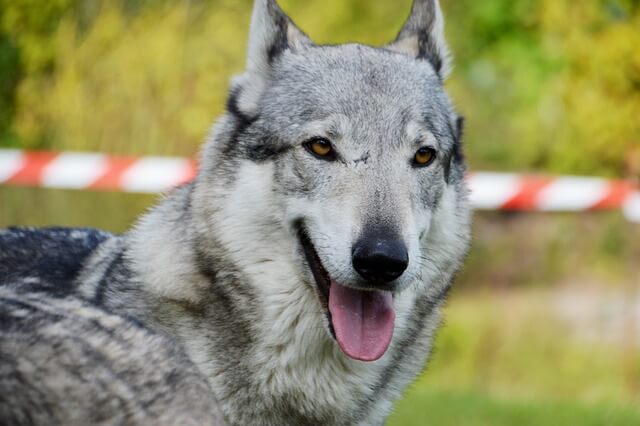
9 Leonberger
Leonberger Bite Force: 399 PSI
The Leonberger breed, originating in Germany, exhibits a bite force of approximately 399 psi. Despite their gentle nature, their considerable size and strength contribute to their bite force. Leonbergers are known for their affectionate and friendly disposition.

10 Rottweiler
Rottweiler Bite Force: 328 PSI
Rottweilers are known for their bite force of approximately 328 psi. Their strength, combined with their intelligence, has earned them a reputation as versatile working dogs capable of excelling in various roles such as police, search and rescue, and even therapy work.
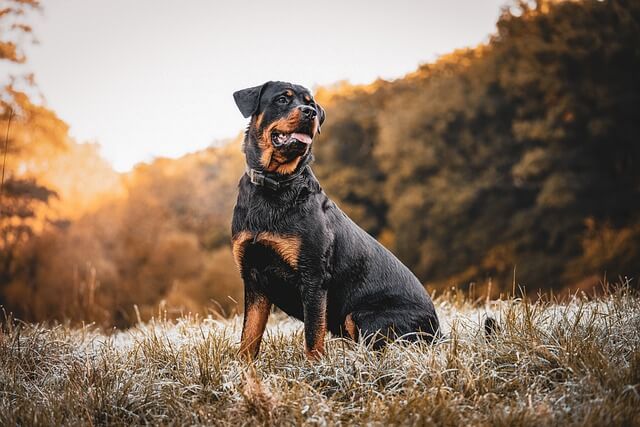
Conclusion
In the world of canines, bite force is a captivating attribute that showcases the diversity of dog breeds. From the Kangal’s protective instincts to the Rottweiler’s versatility, each breed’s bite force tells a story of evolution and purpose. As we marvel at their strength, let’s also remember the importance of responsible ownership in nurturing these remarkable animals.
FAQs
- Q: Are bite force and aggression directly related?A: Not necessarily. While bite force is a physical trait, aggression is influenced by various factors, including genetics and upbringing.
- Q: Can bite force be trained or enhanced?
- A: Bite force is largely determined by a dog’s genetics and anatomy. Training can improve a dog’s bite inhibition but not necessarily its bite force.
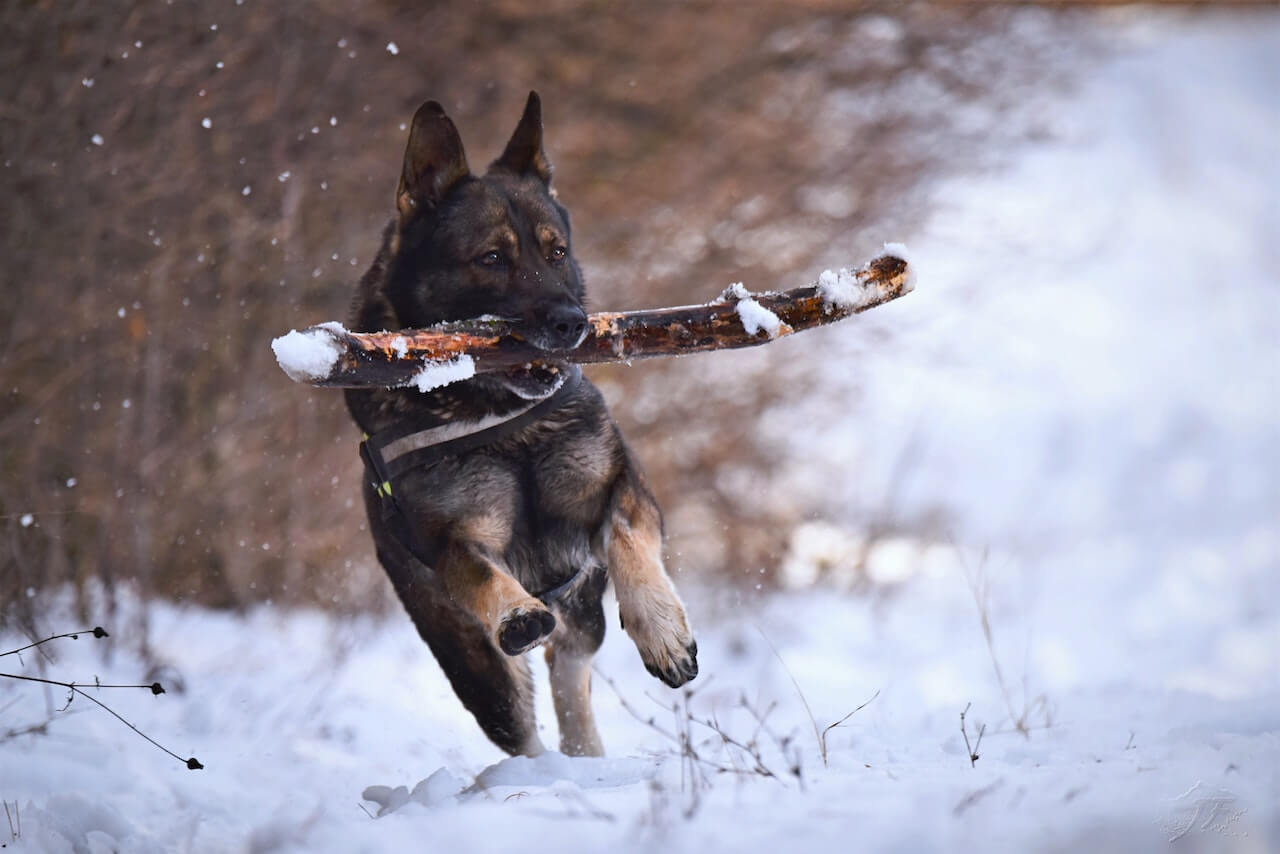
2 thoughts on “10 Dogs with Strongest Bite Force: Understanding Canine Jaw Strength”